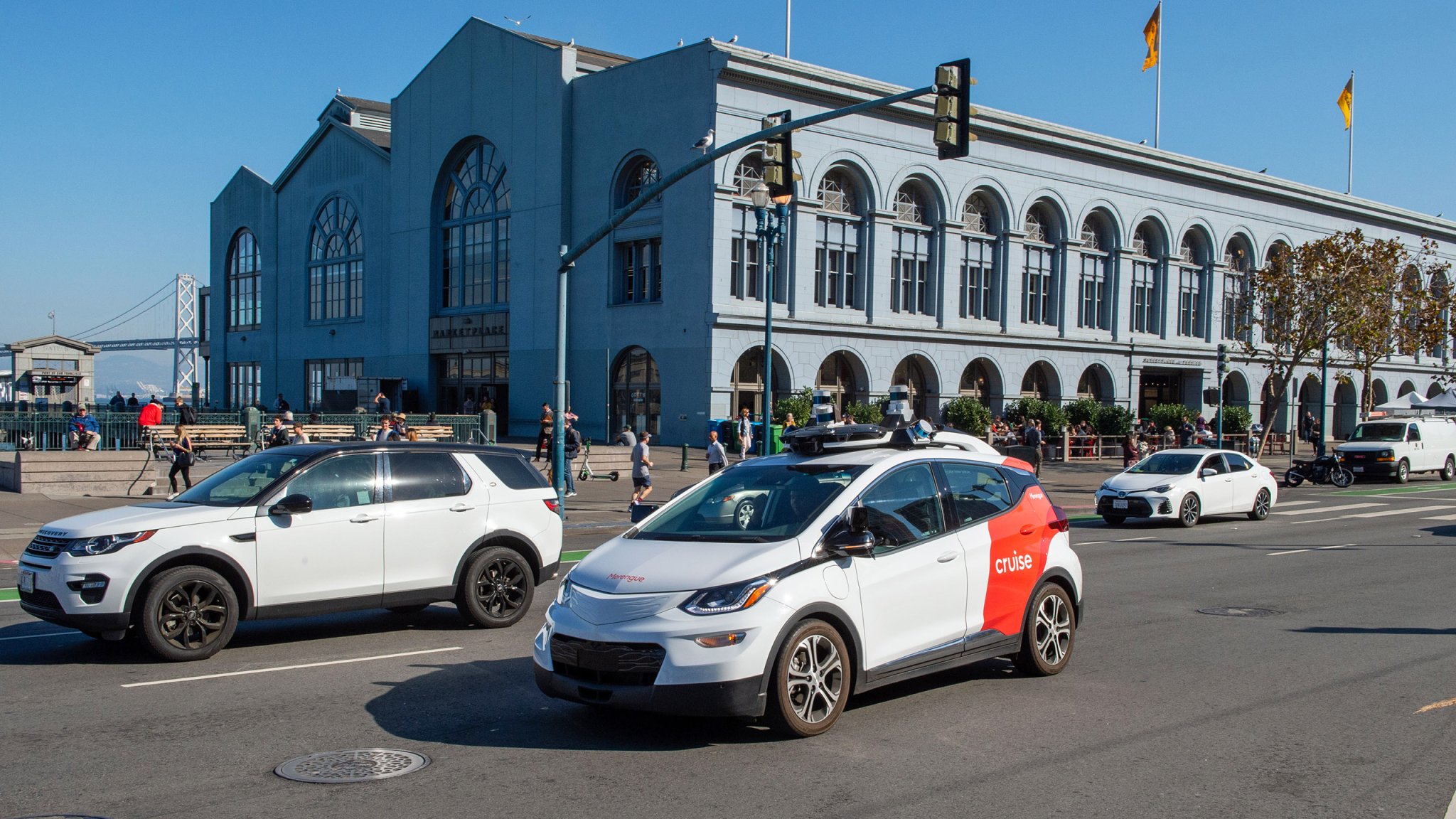

If you feel like you haven’t heard any news on General Motors’ self-driving Cruise unit lately, there’s good reason for that. After the company was alleged by the California Department of Motor Vehicles to have withheld footage concerning an October hit-and-run that one of the firm’s vehicles was involved in, Cruise promptly suspended operations across the country and recalled the nearly 1,000 robotaxis in its fleet. Cruise’s path back to offering fares again has been unclear in recent months, but now it seems the company will resume activity in Phoenix, Arizona first, and testing may begin as early as today.
Cruise spokesperson Pat Morrissey confirmed this plan to Bloomberg on Tuesday. It’s important to note that “testing” isn’t code for a beta run of autonomous rides with the public or anything of that nature. Cruise personnel is driving the fleet on streets in Phoenix to “create maps and gather road information,” in the company’s words.
“This work is done using human-driven vehicles without autonomous systems engaged and is a critical step in validating our self-driving systems as we work towards returning to our driverless mission,” Morrissey told the news outlet.
The effort will begin in Phoenix but will need to happen in many more cities before Cruise can return to the kind of operational scale it had before last fall. Back then, Cruise was up and running in San Francisco, where the hit-and-run incident occurred; Houston, Austin, and Dallas in Texas; Miami, Florida; and Phoenix. It’s now speaking to officials in 20 metropolitan areas, according to Bloomberg, though Phoenix was reportedly favored as a starting point because it already has cars there and the city was receptive to Cruise’s request.
After this first mapping step is done, Cruise robotaxis will begin supervised self-driving runs with a human driver in the car to ensure everything’s running properly. So it figures to be a while before Cruise starts bringing in money, which may be a problem because Cruise lost GM nearly $3.5 billion last year. Nevertheless, GM CEO Mary Barra said in January that the company is “committed” to its self-driving startup, as Cruise’s new chief executive, Mo Elshenawy, has settled into the nonexistent driver’s seat vacated by Kyle Vogt late last year.
Got tips? Send ’em to tips@thedrive.com